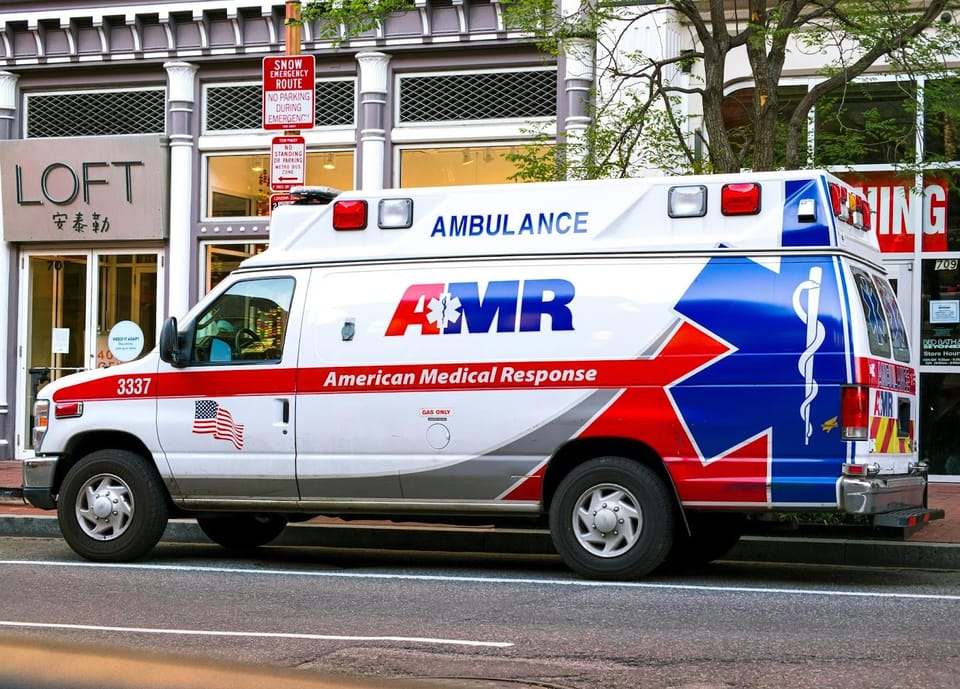5 Requirements for Becoming a Certified EMT Technician
Becoming an emergency medical technician (EMT) is not easy, but it results in a job that has an important impact on community health and emergency services. EMTs are often the initial responders at an emergency scene; they provide crucial medical help in severe situations, frequently saving lives before patients get hospital care.
If you're thinking about this career, it's necessary to know how the certification works. So, these are five important requirements for becoming a certified EMT.
Complete an Education Program
The first step to becoming an EMT is enrolling in and completing a state-approved EMT curriculum. Usually, these programs can be found at community colleges or technical schools but occasionally they may also exist within hospitals or locations offering emergency services.
The training includes subjects like evaluating patients, offering basic life support, responding to injuries and handling situations of emergency childbirth.
Program duration can change, but it is generally about 120 to 150 hours and you can finish them in a few months. Simulations and hands-on training form a significant component of the coursework, emphasizing practical skills. When you complete it, you will possess basic knowledge and capabilities for treating different medical emergencies.
To ensure you are best prepared for your future endeavors, it is imperative that you carry out your EMT training with an accredited organization that will set you up for a future of success.
Pass the National Certification Examination
The step that comes after completing your training program is to pass the National Registry of Emergency Medical Technicians exam. The exam is divided into two parts: a cognitive one and a psychomotor one. The computer-based cognitive test includes queries about multiple areas such as airway management, cardiology, and trauma. The psychomotor exam evaluates your skill to execute EMT tasks in a managed, hands-on setting.
Typical preparations for these exams include studying your course materials again, participating in group study sessions, and attempting practice tests. Doing well on these exams shows that you have the skills to handle real-life medical emergencies when there is intense pressure.
Obtain State Certification
After you clear the NREMT exams, you have to get certified in the state where you want to work. Every state has its own unique requirements that could involve checking your background, going through more training or even taking an exam specifically for that state. It is very important to know about these needs by getting in touch with the emergency medical services department of your chosen state.
Certification by the state means that every EMT who is working has met the local rules and care standards. This process can also include ongoing education, along with renewing certification from time to time so you stay current in your understanding and abilities.
Gain Practical Experience
Even though formal education and exams are very important, practical experience is just as crucial. Many programs provide or even demand internships or externships in which you can work with experienced EMTs. These changes let you put into action what you have learned in actual situations, get extremely useful work experience, and learn directly from skilled professionals working in emergency medical services.
Helping out is another good way to get experience. Most places have volunteer ambulance services, where you can not only improve your resume but also enhance your abilities in handling different emergency circumstances.
It might also be a great idea to keep up with everything in healthcare, from the latest healthcare tech trends to tips on soft skills and techniques to better handle patients.

Develop Essential Soft Skills
Speaking of soft skills, to be a successful EMT, it's not only about having medical knowledge and practical skills but also particular soft skills. The ability to communicate well is very important because EMTs need to pass on patient needs clearly to other healthcare professionals and give comfort and clarification to those who are distressed or confused by their condition. Thinking critically and solving problems are also essential traits since EMTs often have to make fast choices in tense situations.
Additionally, being steady emotionally and handling stress well is crucial because emergency response work can frequently be intense and emotional. For some, these soft skills may require the same attention as physical or academic training.
Conclusion
To become an EMT, you must go through a demanding yet rewarding process that requires meeting educational requirements, gaining practical experience, and personal growth. The path starts with schooling and training which is followed by exams as well as ongoing learning; however, it leads to a job not just offering professional satisfaction but also being important for the safety and health of people in general.
If you have the dedication to assist others when they are most in need of assistance, then becoming an EMT might be the ideal choice for your career path.

